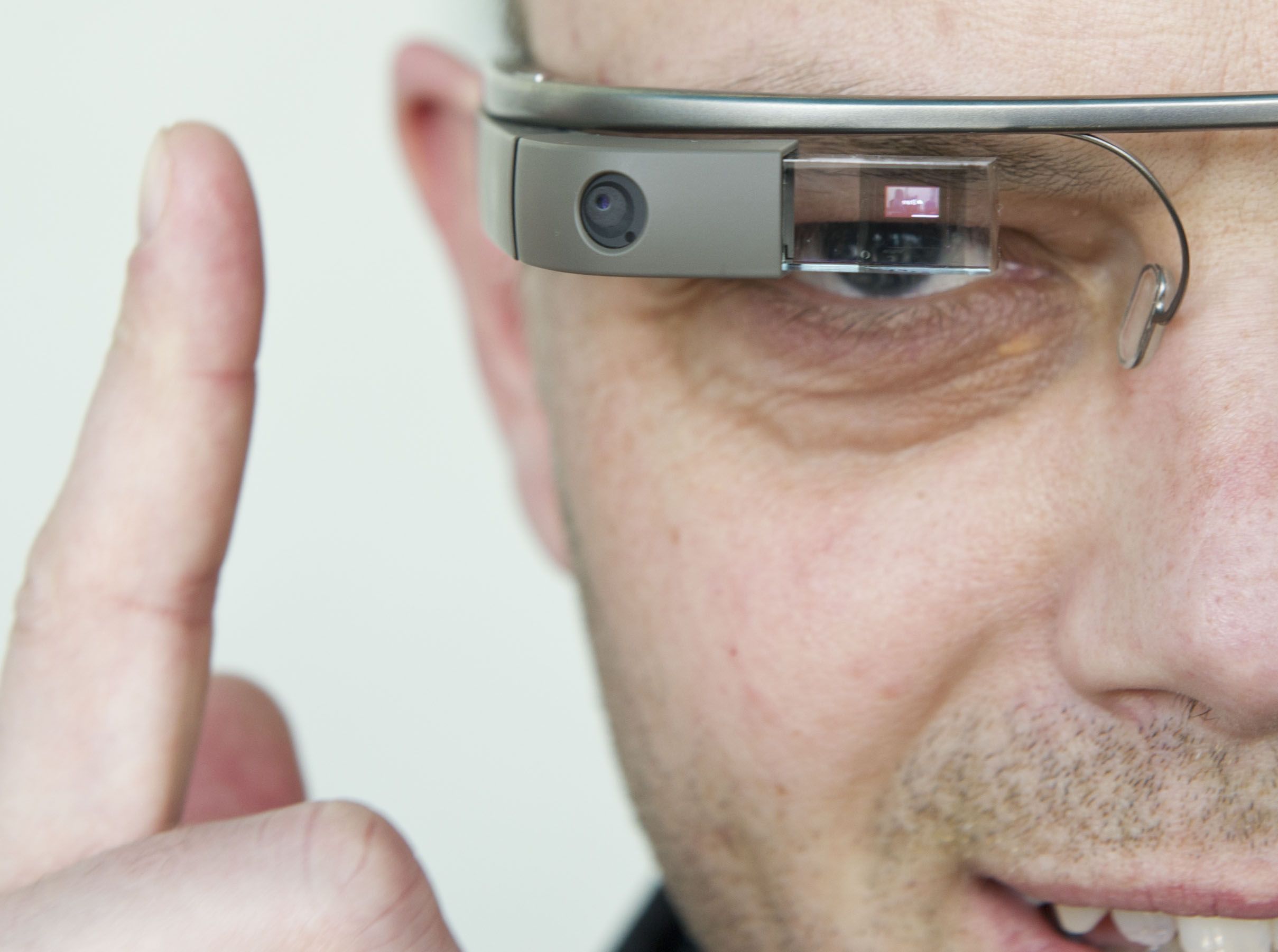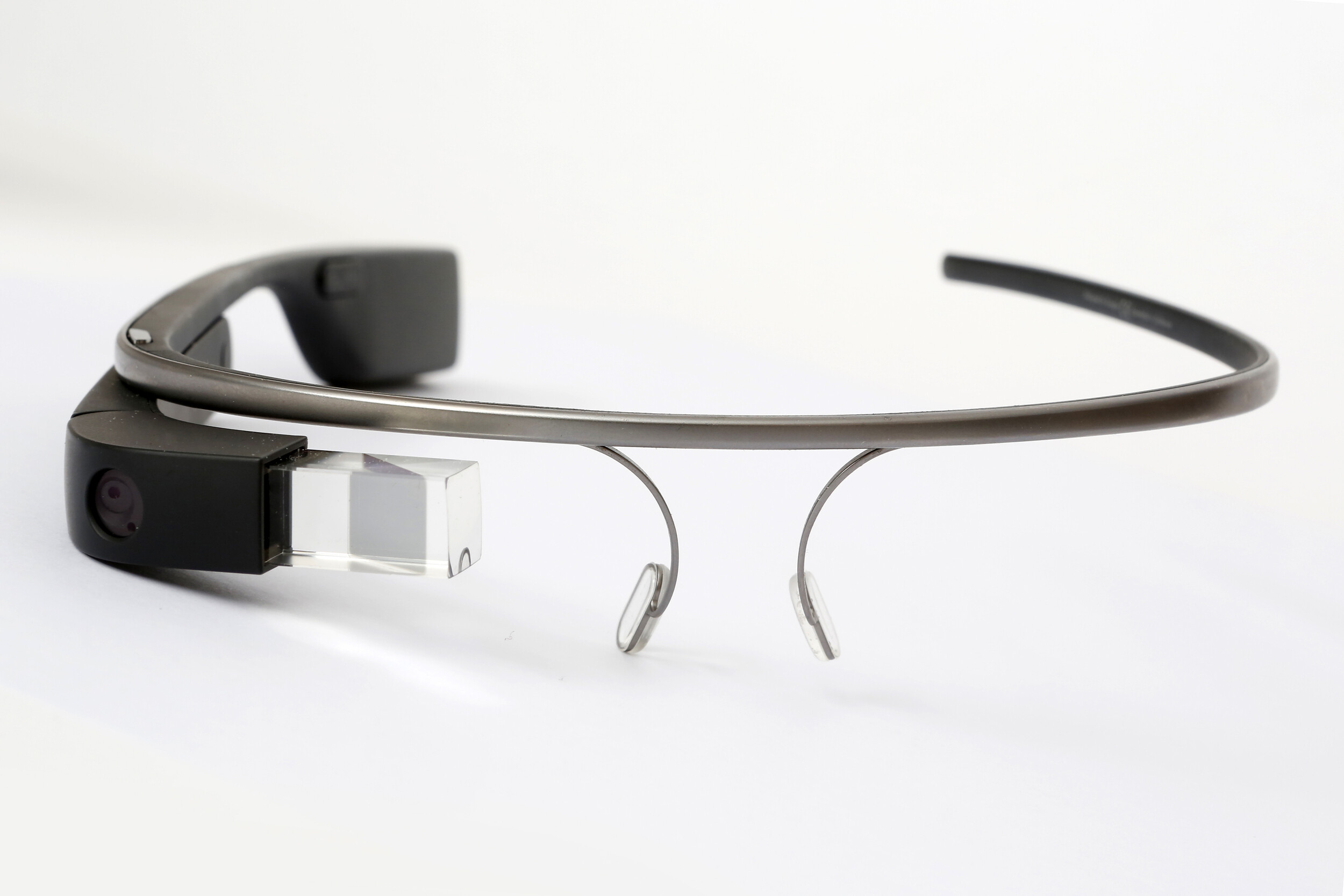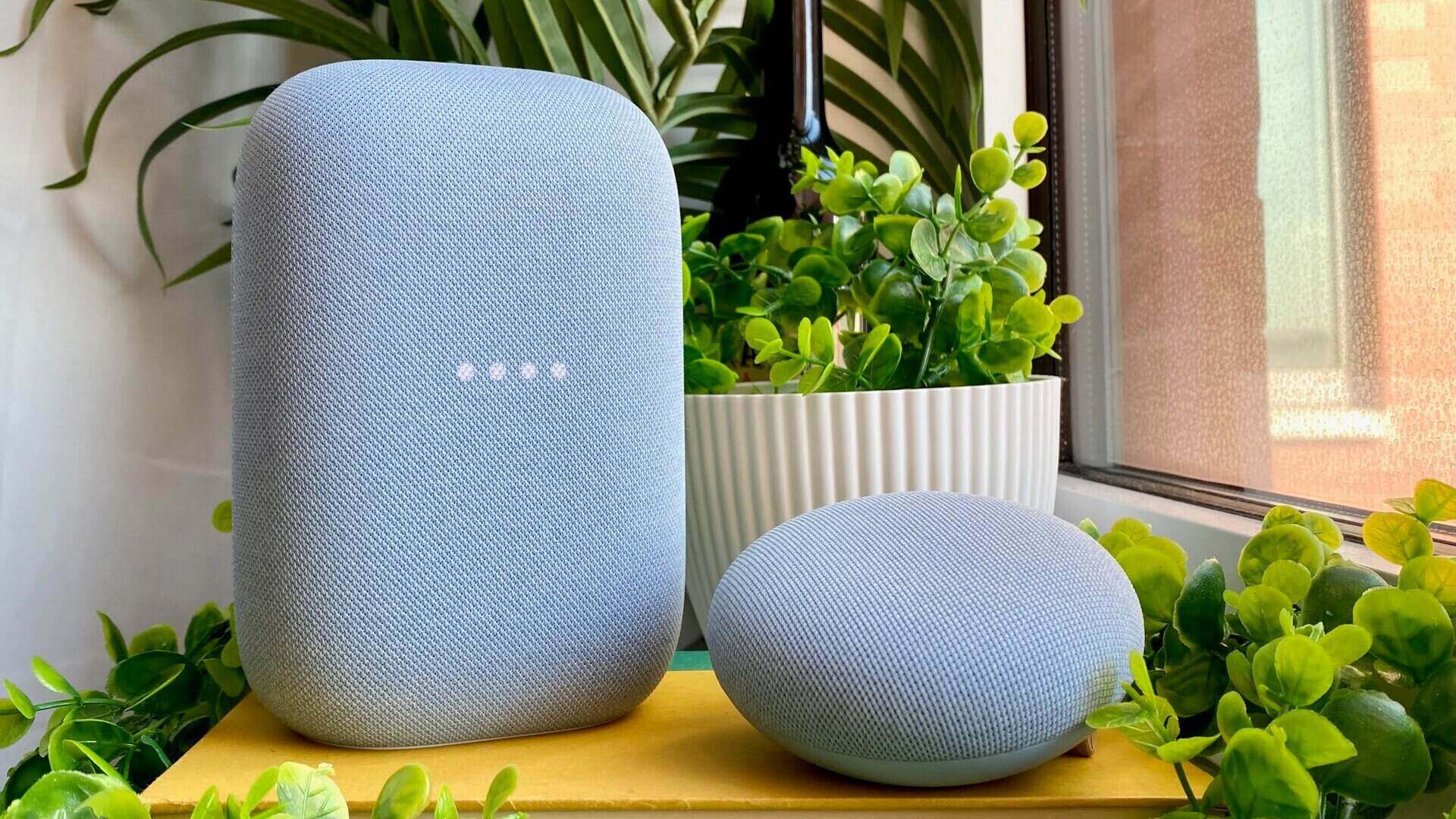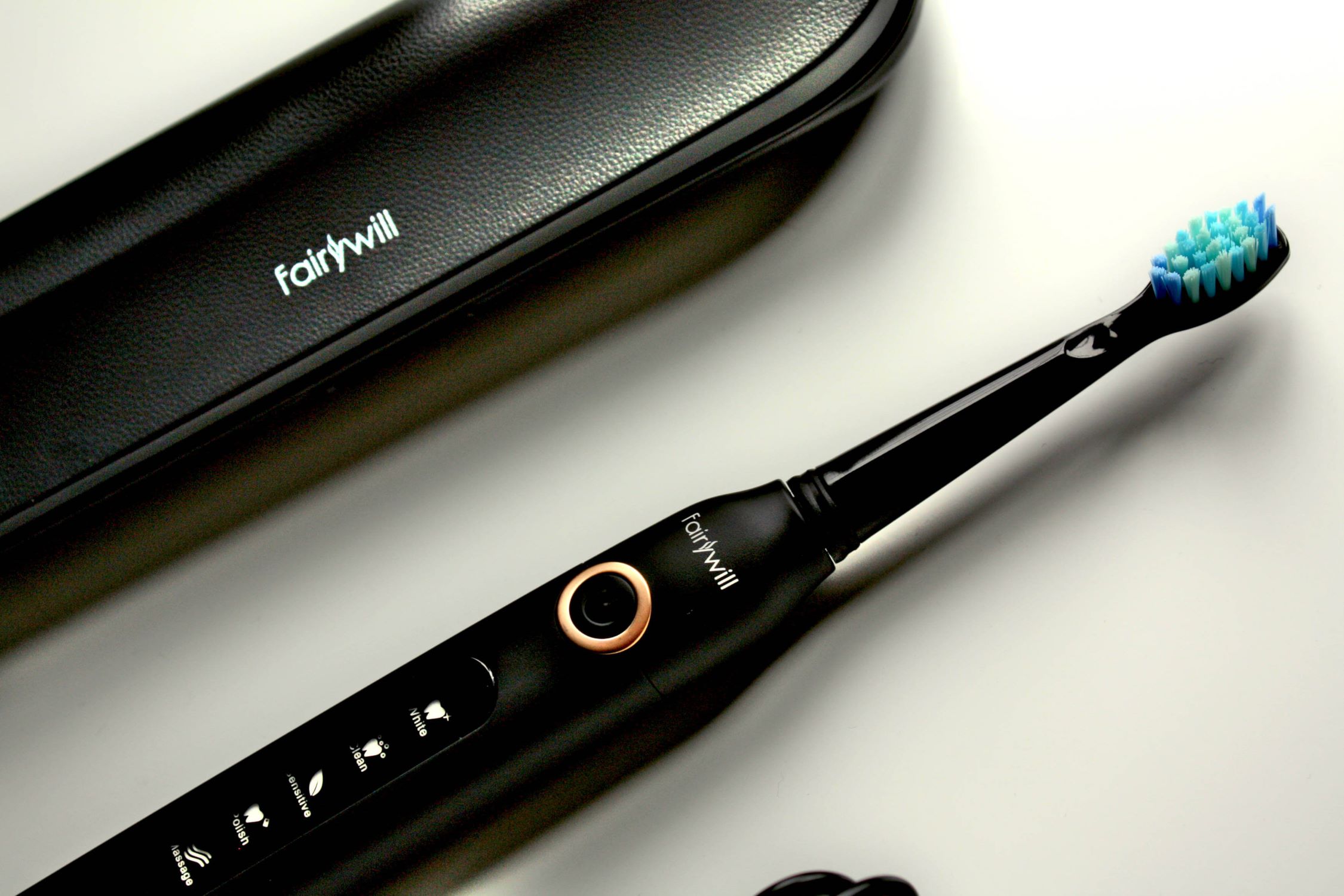Home>Furniture & Design>Interior Design Trends>What Happened To Google Glass


Interior Design Trends
What Happened To Google Glass
Published: February 2, 2024
Discover the latest interior design trends and find out what happened to Google Glass. Stay updated with the latest in home decor and technology. Explore now!
(Many of the links in this article redirect to a specific reviewed product. Your purchase of these products through affiliate links helps to generate commission for Storables.com, at no extra cost. Learn more)
Introduction
Google Glass, a revolutionary wearable technology, was introduced to the world with great anticipation and excitement. This innovative device aimed to merge the digital world with the physical environment, offering users a seamless and hands-free way to access information and interact with the digital realm. The concept of a head-mounted display that could overlay digital content onto the real world captured the imagination of tech enthusiasts and consumers alike.
The unveiling of Google Glass marked a significant milestone in the evolution of wearable technology, signaling a new era of augmented reality and personalized digital experiences. The potential applications of this groundbreaking device seemed limitless, with possibilities ranging from real-time navigation and instant messaging to hands-free photography and video recording. The prospect of integrating such advanced technology into everyday life sparked widespread interest and curiosity, positioning Google Glass as a potential game-changer in the tech industry.
As the world eagerly awaited the commercial release of Google Glass, the device garnered significant attention from both the media and the public. Its futuristic design and promise of hands-free functionality captured the imagination of early adopters and tech enthusiasts, generating a palpable sense of excitement and anticipation. The prospect of seamlessly integrating digital information into daily activities and interactions held the promise of transforming the way people interacted with technology, making the concept of wearable augmented reality a tangible reality.
The introduction of Google Glass represented a bold step into uncharted territory, pushing the boundaries of innovation and redefining the possibilities of wearable technology. The stage was set for a groundbreaking journey that would not only shape the future of personal computing but also redefine the way individuals engaged with the digital world. However, as the initial hype and excitement surrounding Google Glass began to unfold, unforeseen challenges and controversies emerged, ultimately shaping the trajectory of this ambitious venture.
Key Takeaways:
- Google Glass initially created a buzz with its futuristic design and hands-free functionality, but faced privacy concerns and public backlash. Google responded with improvements and shifted focus to enterprise applications, positioning it as a valuable tool for specific industries.
- Despite the initial hype, Google Glass pivoted towards enterprise and professional applications, finding success in sectors like healthcare and manufacturing. Its future plans include further innovation and expansion, showcasing the transformative potential of wearable technology.
Read more: What Happens To Recycled Glass
The Launch of Google Glass
The launch of Google Glass marked a pivotal moment in the realm of wearable technology, heralding a new era of innovation and redefining the possibilities of augmented reality. The unveiling of this groundbreaking device captured the imagination of tech enthusiasts and consumers worldwide, igniting a wave of anticipation and curiosity. With its sleek and futuristic design, Google Glass represented a bold leap into uncharted territory, promising to seamlessly integrate digital information into everyday experiences.
Amidst great fanfare, Google Glass made its debut, showcasing a head-mounted display that could overlay digital content onto the real world. This innovative approach to wearable technology aimed to provide users with a hands-free means of accessing information and interacting with the digital realm. The concept of a wearable augmented reality device that could enhance daily activities and interactions resonated deeply with early adopters and tech enthusiasts, setting the stage for a transformative journey into unexplored technological frontiers.
The launch event itself was a testament to the groundbreaking nature of Google Glass, capturing the attention of the media and the public alike. The device's potential applications, ranging from real-time navigation and instant messaging to hands-free photography and video recording, sparked widespread interest and excitement. As the world eagerly awaited the commercial release of Google Glass, the device garnered significant attention, positioning itself as a potential game-changer in the tech industry.
The unveiling of Google Glass represented a bold step towards redefining the way individuals interacted with technology, offering a glimpse into a future where digital information seamlessly integrated with daily life. The promise of personalized digital experiences and hands-free functionality resonated deeply with consumers, fueling a sense of anticipation and curiosity. The launch of Google Glass not only showcased the device's technological prowess but also set the stage for a paradigm shift in the way wearable technology was perceived and utilized.
In essence, the launch of Google Glass marked the beginning of a transformative journey, one that would not only shape the future of wearable technology but also redefine the way individuals engaged with the digital world. It represented a bold foray into uncharted technological territory, setting the stage for a new era of innovation and personalized digital experiences.
Initial Hype and Excitement
The initial unveiling of Google Glass sparked an unprecedented level of hype and excitement within the tech community and beyond. The concept of a wearable augmented reality device that could seamlessly integrate digital information into daily experiences captured the imagination of early adopters and tech enthusiasts. The sleek and futuristic design, coupled with the promise of hands-free functionality, generated a palpable sense of anticipation and curiosity.
Tech enthusiasts and consumers alike were captivated by the potential applications of Google Glass, envisioning a future where real-time navigation, instant messaging, and hands-free photography would become seamlessly integrated into their daily lives. The prospect of accessing information and interacting with the digital realm in a hands-free manner resonated deeply with individuals, igniting a wave of excitement and anticipation.
The media played a pivotal role in amplifying the initial hype surrounding Google Glass, with widespread coverage and speculation fueling the public's curiosity. The device's innovative approach to wearable technology and its potential to redefine personal computing garnered significant attention, positioning Google Glass as a groundbreaking venture with the potential to revolutionize the tech industry.
As the initial excitement continued to build, the possibilities presented by Google Glass seemed limitless, offering a glimpse into a future where personalized digital experiences would seamlessly intertwine with everyday activities. The device's ability to overlay digital content onto the real world represented a paradigm shift in the way individuals interacted with technology, fostering a sense of wonder and anticipation for the transformative potential of wearable augmented reality.
In essence, the initial hype and excitement surrounding Google Glass reflected a collective eagerness to embrace a new era of innovation and personalized digital experiences. The device's unveiling marked a pivotal moment in the evolution of wearable technology, igniting a wave of anticipation and curiosity that set the stage for a transformative journey into uncharted technological frontiers.
Privacy Concerns and Public Backlash
The initial excitement and anticipation surrounding Google Glass soon gave way to growing concerns and apprehensions, particularly regarding privacy and social implications. As the concept of a wearable augmented reality device that could capture photos and videos discreetly became more tangible, privacy advocates and the general public alike began expressing apprehensions about the potential misuse of such technology.
One of the primary concerns revolved around the device's built-in camera, which raised fears of unauthorized recording and invasion of privacy. The discreet nature of the camera, combined with the hands-free functionality of Google Glass, sparked worries about individuals being recorded without their consent in public and private settings. This raised significant ethical and legal questions, prompting discussions about the need for clear guidelines and regulations governing the use of wearable recording devices in public spaces.
Furthermore, the potential for distracted and intrusive behavior by users engendered unease among the public. The seamless integration of digital information into real-world environments raised concerns about individuals becoming disconnected from their immediate surroundings, engrossed in the digital content displayed on their Google Glass devices. This raised questions about the impact on social interactions and the potential for users to be perceived as detached or disengaged in face-to-face conversations and social settings.
As these concerns gained traction, a wave of public backlash emerged, with critics and privacy advocates calling for increased transparency and safeguards to address the potential privacy implications of Google Glass. The device's ability to capture photos and videos discreetly, combined with its hands-free functionality, fueled apprehensions about the erosion of personal privacy and the need to establish clear boundaries for the responsible use of wearable recording technology.
The growing unease surrounding privacy issues and the perceived social implications of Google Glass prompted a reevaluation of the device's public perception and regulatory considerations. The emergence of privacy concerns and public backlash served as a turning point in the trajectory of Google Glass, prompting the need for proactive measures to address these apprehensions and foster a more transparent and responsible approach to wearable augmented reality technology.
In essence, the privacy concerns and public backlash surrounding Google Glass underscored the need for a balanced approach to innovation, one that prioritizes ethical considerations and societal implications alongside technological advancement. The ensuing discussions and debates surrounding privacy and social implications served as a catalyst for reevaluating the responsible integration of wearable technology into everyday life, shaping the future development and public perception of Google Glass.
Tip: Google Glass was discontinued as a consumer product in 2015 due to privacy concerns and limited practical applications. However, it is still being used in enterprise and healthcare industries for specific purposes.
Development and Improvements
Following the emergence of privacy concerns and public backlash, Google embarked on a proactive journey of development and refinement to address the apprehensions surrounding Google Glass. This phase marked a pivotal turning point in the evolution of the device, as the company sought to not only enhance its technological capabilities but also address the ethical and social implications associated with wearable augmented reality technology.
One of the primary areas of focus during this phase was the refinement of the device's privacy features. Google implemented enhanced controls and notifications to provide greater transparency and control over the device's recording capabilities. This included visible indicators when the camera was in use, as well as clear prompts for obtaining consent before capturing photos or videos. These measures aimed to address the privacy concerns raised by the public and underscored Google's commitment to responsible and ethical use of wearable recording technology.
In addition to privacy enhancements, Google Glass underwent significant technological improvements, further solidifying its position as a pioneering wearable device. The integration of advanced voice recognition and gesture controls offered users intuitive ways to interact with the device, minimizing the need for physical touch and enhancing the hands-free experience. Furthermore, advancements in display technology and battery life contributed to a more seamless and immersive user experience, addressing early criticisms and limitations.
Moreover, Google actively engaged with developers and third-party partners to expand the device's ecosystem and foster innovative applications. This collaborative approach led to the creation of diverse and practical use cases for Google Glass, ranging from healthcare and enterprise solutions to accessibility and education. The development of specialized software and applications tailored to the unique capabilities of Google Glass broadened its potential impact across various industries and user scenarios.
The iterative development and improvements underscored Google's commitment to addressing the challenges and criticisms surrounding Google Glass, positioning the device as a more refined and responsible wearable technology. The company's proactive approach to refining the device's features and capabilities reflected a dedication to ethical innovation and a recognition of the importance of addressing societal concerns in the evolution of wearable technology.
In essence, the phase of development and improvements marked a significant chapter in the journey of Google Glass, highlighting the company's responsiveness to public feedback and its commitment to enhancing the device's functionality while addressing ethical considerations. The iterative refinements and technological advancements positioned Google Glass as a more mature and conscientious wearable device, setting the stage for its continued evolution and impact in the realm of augmented reality technology.
Read more: What Happens If I Swallow Glass
Shift in Focus and Target Audience
Amidst the evolving landscape of wearable technology and the changing dynamics of consumer preferences, Google underwent a strategic shift in the focus and target audience for Google Glass. This pivotal transition marked a deliberate reevaluation of the device's positioning and its potential impact across diverse user segments.
The initial phase of Google Glass positioned the device as a consumer-centric wearable technology, aiming to seamlessly integrate digital information into daily experiences. However, as the challenges and criticisms surrounding privacy and social implications surfaced, Google recognized the need to reassess its approach and pivot towards a more targeted and purpose-driven strategy.
As part of this strategic shift, Google repositioned Google Glass as a specialized tool with a focus on enterprise and professional applications. This recalibration of the device's target audience sought to leverage its unique capabilities in specific industries and use cases, such as healthcare, manufacturing, and logistics. By aligning Google Glass with enterprise needs, the device's potential to enhance productivity, efficiency, and innovation in professional settings became a central focus.
Furthermore, the shift in focus involved a deliberate emphasis on addressing the practical needs of specific user segments, such as healthcare professionals, field technicians, and logistics personnel. The device's hands-free functionality, augmented reality capabilities, and seamless integration with existing workflows positioned Google Glass as a valuable tool for streamlining processes, accessing real-time information, and enhancing decision-making in professional environments.
In addition to targeting enterprise applications, Google also recognized the potential for Google Glass to serve as an accessibility tool, catering to individuals with specific needs and requirements. The device's ability to provide real-time visual assistance and support for individuals with visual impairments underscored its potential to make a meaningful impact in accessibility and inclusive technology.
The strategic shift in focus and target audience represented a conscious effort to align Google Glass with practical and impactful use cases, positioning the device as a purpose-driven tool with tangible benefits for specific industries and user segments. This recalibration not only addressed the challenges associated with consumer adoption but also highlighted the device's potential to drive meaningful innovation and transformation in professional settings and accessibility initiatives.
In essence, the shift in focus and target audience reflected Google's recognition of the diverse applications and opportunities for Google Glass beyond consumer-centric use cases, paving the way for a more purposeful and impactful trajectory for the device in the realm of wearable technology.
Current Status and Future Plans
The current status of Google Glass reflects a strategic repositioning of the device as a specialized tool with a focus on enterprise and professional applications. Following a proactive phase of development and refinement to address privacy concerns and enhance the device's capabilities, Google has leveraged the unique features of Google Glass to cater to specific industries and use cases. The shift in focus towards enterprise applications has positioned Google Glass as a valuable asset for enhancing productivity, efficiency, and innovation in professional settings.
In its current state, Google Glass has found significant traction in sectors such as healthcare, manufacturing, logistics, and field services. The device's hands-free functionality, augmented reality capabilities, and seamless integration with existing workflows have proven instrumental in streamlining processes, providing real-time information, and facilitating decision-making in these industries. Furthermore, Google Glass has emerged as a powerful accessibility tool, offering real-time visual assistance and support for individuals with specific needs, thereby contributing to inclusive technology initiatives.
Looking ahead, the future plans for Google Glass revolve around continued innovation and expansion of its impact across diverse industries. Google remains committed to further enhancing the device's capabilities, fostering collaboration with developers and industry partners to create tailored applications and solutions that maximize the potential of Google Glass in professional environments. The ongoing evolution of the device aims to solidify its position as a transformative tool for driving efficiency, innovation, and accessibility across various sectors.
Moreover, Google's future roadmap for Google Glass includes a focus on advancing augmented reality experiences and exploring new applications in areas such as remote assistance, training, and immersive visualization. The company envisions Google Glass as a catalyst for driving digital transformation in enterprise settings, empowering professionals with intuitive and impactful tools that redefine the way they interact with information and their surroundings.
In the broader context of wearable technology, Google Glass continues to serve as a trailblazer, showcasing the potential for augmented reality to revolutionize professional workflows and accessibility initiatives. The device's journey from consumer-centric hype to purpose-driven innovation underscores its resilience and adaptability in responding to evolving technological landscapes and societal needs.
As Google Glass forges ahead, its trajectory embodies a commitment to responsible and impactful innovation, positioning the device as a symbol of the transformative potential of wearable technology in shaping the future of enterprise solutions and inclusive technology initiatives.
Frequently Asked Questions about What Happened To Google Glass
Was this page helpful?
At Storables.com, we guarantee accurate and reliable information. Our content, validated by Expert Board Contributors, is crafted following stringent Editorial Policies. We're committed to providing you with well-researched, expert-backed insights for all your informational needs.















0 thoughts on “What Happened To Google Glass”